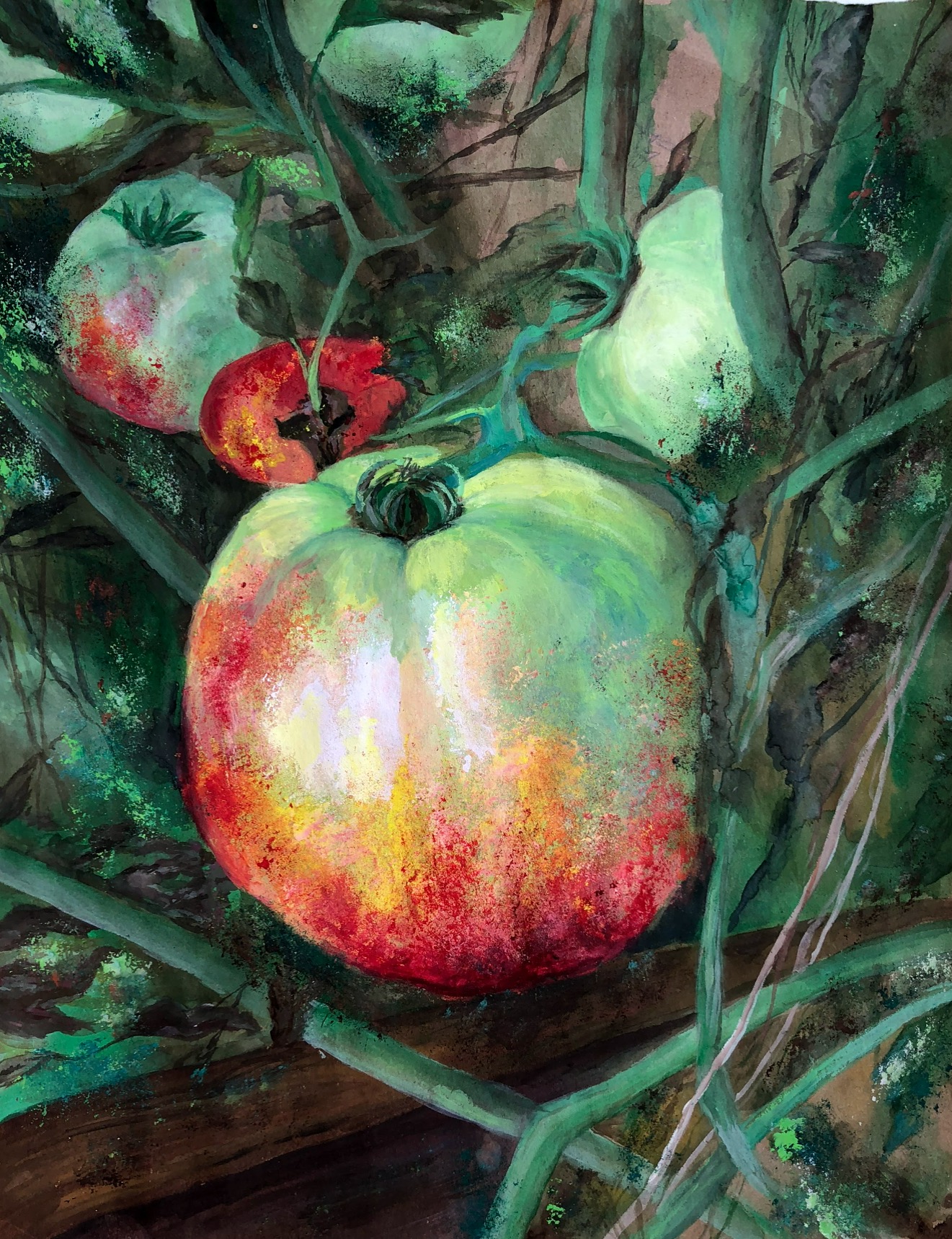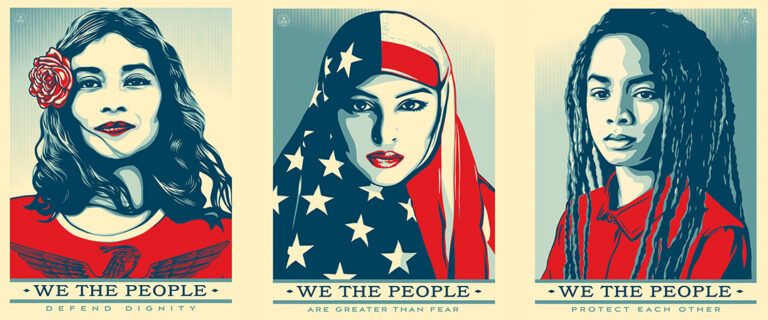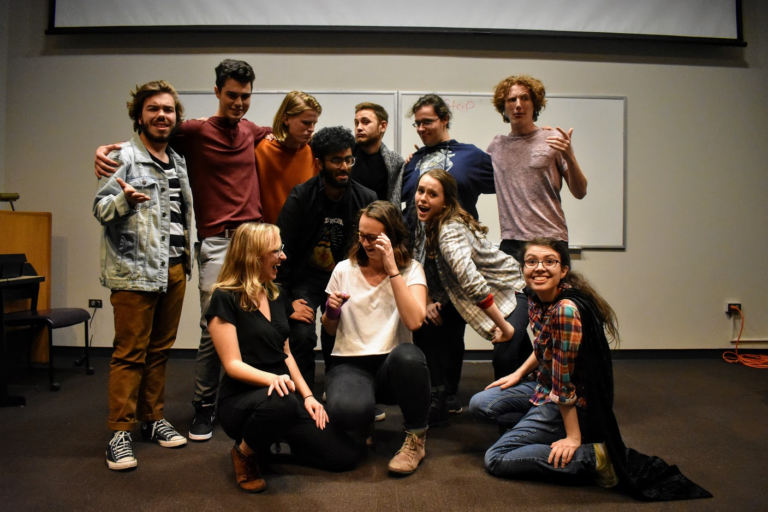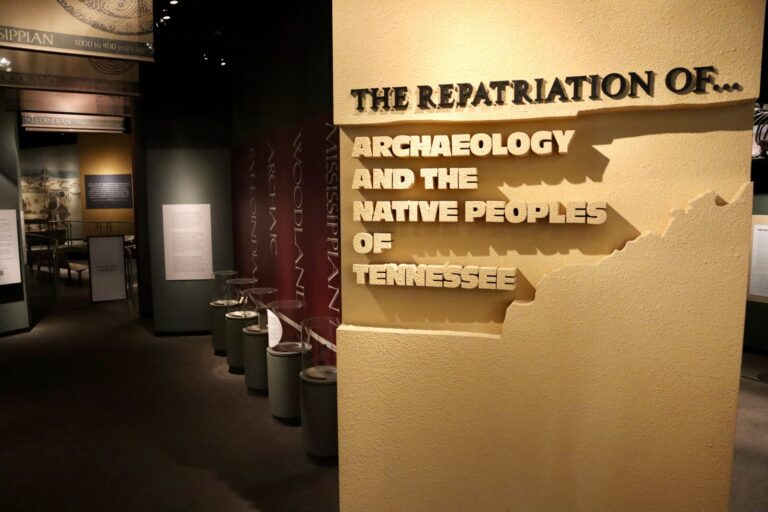Written by Sadie Kimbrough
Edited by Ben Hurst
I have yet to bake bread but maybe I should. The sourdough trend at the start of the pandemic resulted in yeast shortages and many Instagram posts. While I originally scrolled right past the bread-baking fad, I grew to understand how the practical creativity of the kitchen brought people joy in a time where typical hallmarks of food, like togetherness and communion, were no longer feasible.
Cooking compounds the comfort of sustenance and the innovation of art. As with any creative project, there are decisions to make. Take bread-- should it be fat and round? Crumbling like cornbread? Flat like focaccia? Whatever you make or bake is entirely your own. Picking produce is like choosing paint pigments-- carefully choosing the right colors and consistencies of your comestibles.
In the kitchen there is an intimacy you cannot always find in a gallery. Art evokes strong emotion, but food produces a physical sensation. The capsaicin in a chili pepper activates receptors on nerve endings and produces a burning sensation. The sweet taste of sugar releases dopamine, a reaction similar to that of sex or drugs. Cooking is an exhilarating engagement of all the senses. Not only are your thousands of taste buds working to perceive palates, but your eyes, ears, hands, and nose all collaborate toward the culmination of your feast.
I enjoy taking pictures of my food, which is not an admission of guilt. Aesthetic is a perfectly acceptable motivation for cooking. Over summer, I made a peach galette: a bouldered pie dough surrounding a whirlpool of ripe peaches, finished with the white polka dots of powdered sugar. There’s beauty in presentation and surrealness in preparation, like watching turmeric transform the hue of vegetables to a golden yellow. The hues of fruits and the marbling of meats are images that deserve remembrance whether it is photographed or not.
“Food is art, and art is food.” Ashlyn Anderson is a junior studying Food Security and Public Health Nutrition at UT, as well as an artist on both canvas and stovetop. Her passion for food led her to experience creativity in the kitchen from a young age.
“Cooking is a manifestation of many different peoples’ masterpieces. Every meal that people make or cook is their work of art. That’s what’s so special about cooking, that it can be unique to the individual.” However, Anderson acknowledged that empowering people to cook requires an understanding of food efficacy and efficiency.
“You can’t tell people what to eat until they know how to eat it.”
It’s easy to romanticize food but doing so doesn’t acknowledge the plights of people who don’t have adequate access to it. According to the UT End Hunger/Feed Change initiative, 32% of our student population is food insecure or lacking financial resources for safe and nutritious food. Contributing factors, such as income, race, disability and whether someone has children, exacerbate this problem. The pandemic intensified food insecurity among households as a result of rising food prices and reduced incomes.
In Knoxville, campus and community organizers are taking action against food insecurity through programs and pantries that directly provide food assistance to those who need it. The Student Basic Needs Coalition (SBNC) of UT is an organization working to meet student needs, such as food and housing, through “equitable, systemic means”. Their opening of the Big Orange Pantry will equip members of the university community with emergency assistance.
Through her work with organizations such as SBNC, where she acts as director of advocacy, as well as her studies at the university, Anderson explores issues of food insecurity and inaccessibility in the Knoxville community and beyond.
“Not everyone has safe and consistent access to healthy and affordable food,” she says, emphasizing the importance of food sovereignty, an indigenous concept reflecting peoples’ and communities’ right to control the production of their food.
Cultivating crops and creating meals is what makes human civilization complex. We have ceremoniously dined and digested for as long as we have existed. Cooking embraces ritual and welcomes inventiveness. By reshaping the way we view food as not just a vessel for calories but as nourishment to both body and brain, we understand the vitality of providing this simple pleasure to all walks of life. The food we eat and the way we bring it to the table are shaped by external factors like class and culture, but food remains the common denominator for how we all function and thrive.
Article Painting by Ashlyn Anderson






